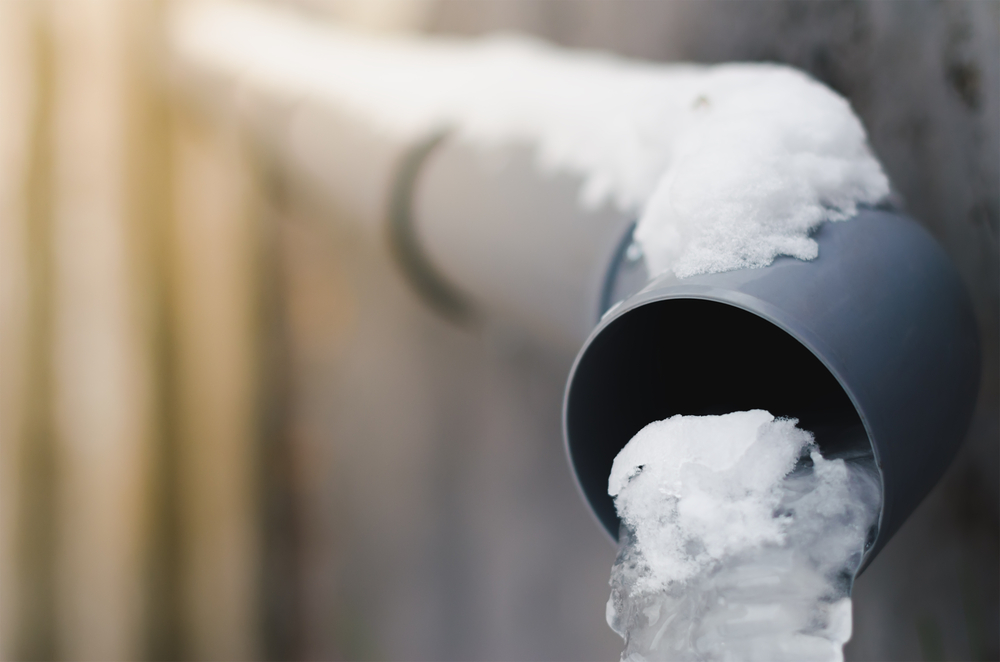Crucial Advice to Prevent Frozen Pipes in Winter
Crucial Advice to Prevent Frozen Pipes in Winter
Blog Article
They are making several great points about How To Avoid Freezing Pipes in general in the content down the page.

Cold weather can wreak havoc on your plumbing, particularly by freezing pipelines. Right here's how to avoid it from happening and what to do if it does.
Introduction
As temperatures decrease, the risk of frozen pipes boosts, potentially resulting in pricey repair work and water damages. Understanding exactly how to stop icy pipes is critical for homeowners in chilly environments.
Understanding Icy Pipes
What triggers pipes to ice up?
Pipes ice up when exposed to temperatures below 32 ° F (0 ° C) for prolonged durations. As water inside the pipelines ices up, it broadens, putting pressure on the pipeline walls and potentially causing them to rupture.
Dangers and damages
Icy pipelines can bring about supply of water disturbances, home damage, and costly repair work. Burst pipes can flood homes and create comprehensive structural damage.
Indications of Frozen Water Lines
Identifying frozen pipelines early can avoid them from rupturing.
How to recognize frozen pipelines
Try to find lowered water circulation from taps, uncommon smells or noises from pipes, and noticeable frost on exposed pipelines.
Avoidance Tips
Insulating vulnerable pipelines
Cover pipes in insulation sleeves or utilize warmth tape to shield them from freezing temperature levels. Concentrate on pipes in unheated or external locations of the home.
Heating strategies
Keep indoor rooms adequately heated up, particularly locations with plumbing. Open closet doors to permit cozy air to distribute around pipes under sinks.
Securing Exterior Plumbing
Garden tubes and exterior faucets
Disconnect and drain pipes yard hoses prior to winter. Set up frost-proof faucets or cover outside taps with protected caps.
What to Do If Your Pipes Freeze
Immediate activities to take
If you presume frozen pipelines, keep taps available to eliminate pressure as the ice melts. Use a hairdryer or towels taken in warm water to thaw pipelines slowly.
Long-Term Solutions
Structural adjustments
Think about rerouting pipes far from outside walls or unheated locations. Add extra insulation to attics, basements, and crawl spaces.
Updating insulation
Invest in premium insulation for pipelines, attics, and walls. Proper insulation aids maintain constant temperatures and reduces the threat of frozen pipes.
Final thought
Protecting against icy pipes needs positive steps and quick reactions. By recognizing the reasons, indicators, and safety nets, property owners can protect their pipes during cold weather.
6 Proven Ways to Prevent Frozen Pipes and Protect Your Home
Disconnect and Drain Garden Hoses
Before winter arrives, start by disconnecting your garden hoses and draining any remaining water. Close the shut-off valves that supply outdoor hose bibs and leave the outdoor faucet open to allow any residual water to drain. For extra protection, consider using faucet covers throughout the colder months. It’s also important to drain water from any sprinkler supply lines following the manufacturer’s directions.
Insulate Exposed Pipes
Insulating your pipes is an effective way to prevent freezing. Pipe insulation is readily available at home improvement stores and is relatively inexpensive. Pay close attention to pipes in unheated areas such as the attic, basement, crawl spaces, or garage. Apply foam insulation generously to create a buffer against the cold. You can also wrap your pipes in heat tape or thermostat-controlled heat cables for added warmth.
Seal Air Leaks
Inspect your home for any cracks or openings that could let in cold air. Seal any holes around the piping in interior or exterior walls, as well as the sill plates where your home rests on its foundation. Additionally, make sure to keep your garage door closed unless you’re entering or exiting. Leaving it open creates a significant air leak that can lead to frozen pipes.
Allow Warm Air Circulation
During cold snaps, it’s essential to allow warm air to circulate evenly throughout your home. Leave interior doors ajar to promote better airflow. Open kitchen and bathroom cabinets to help distribute heat consistently around the rooms. If you have small children or pets, be sure to remove any household chemicals or potentially harmful cleaners from open cabinets for safety.
Let Faucets Drip
A small trickle of water can make a big difference in preventing ice formation inside your pipes. When temperatures drop significantly, start a drip of water from all faucets served by exposed pipes. This continuous flow helps prevent the water from freezing. Additionally, running a few faucets slightly can relieve pressure inside the pipes, reducing the chances of a rupture if the water inside does freeze.
https://choateshvac.com/6-proven-ways-to-prevent-frozen-pipes-and-protect-your-home/

I'm just very enthusiastic about How to Prevent Your Pipes From Freezing and I really hope you enjoyed our blog entry. Liked our content? Please share it. Let others locate it. Thanks so much for your time spent reading it.
Call Today Report this page